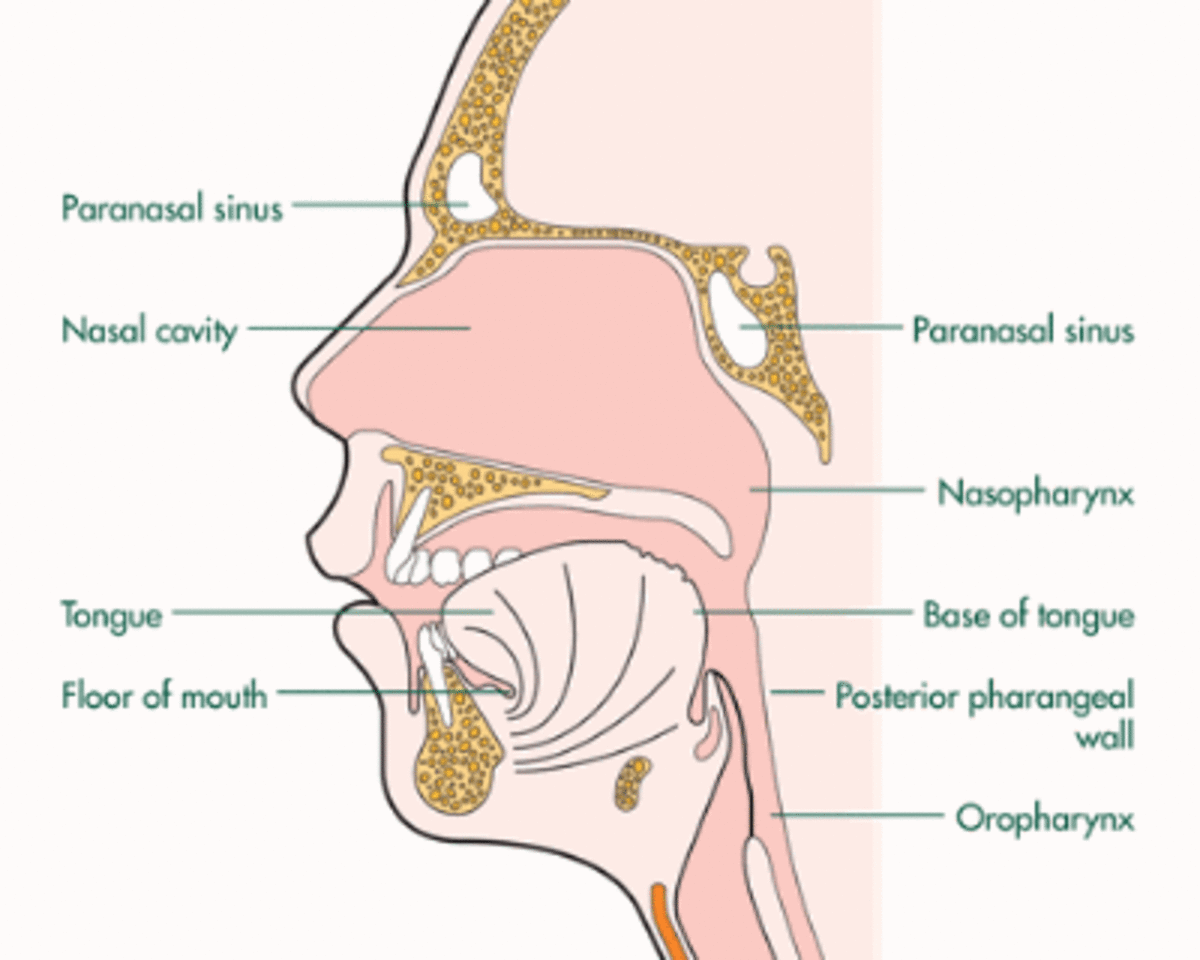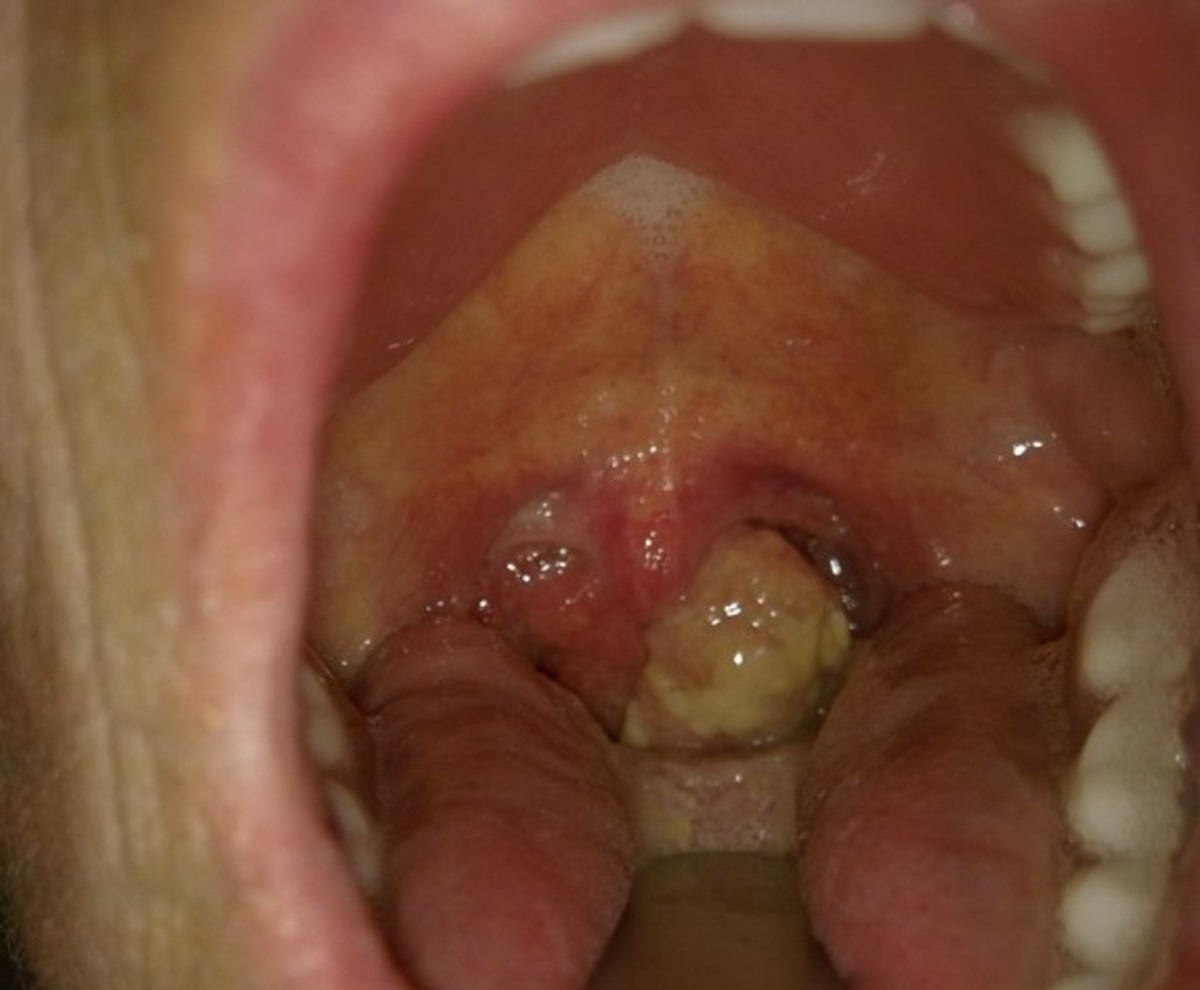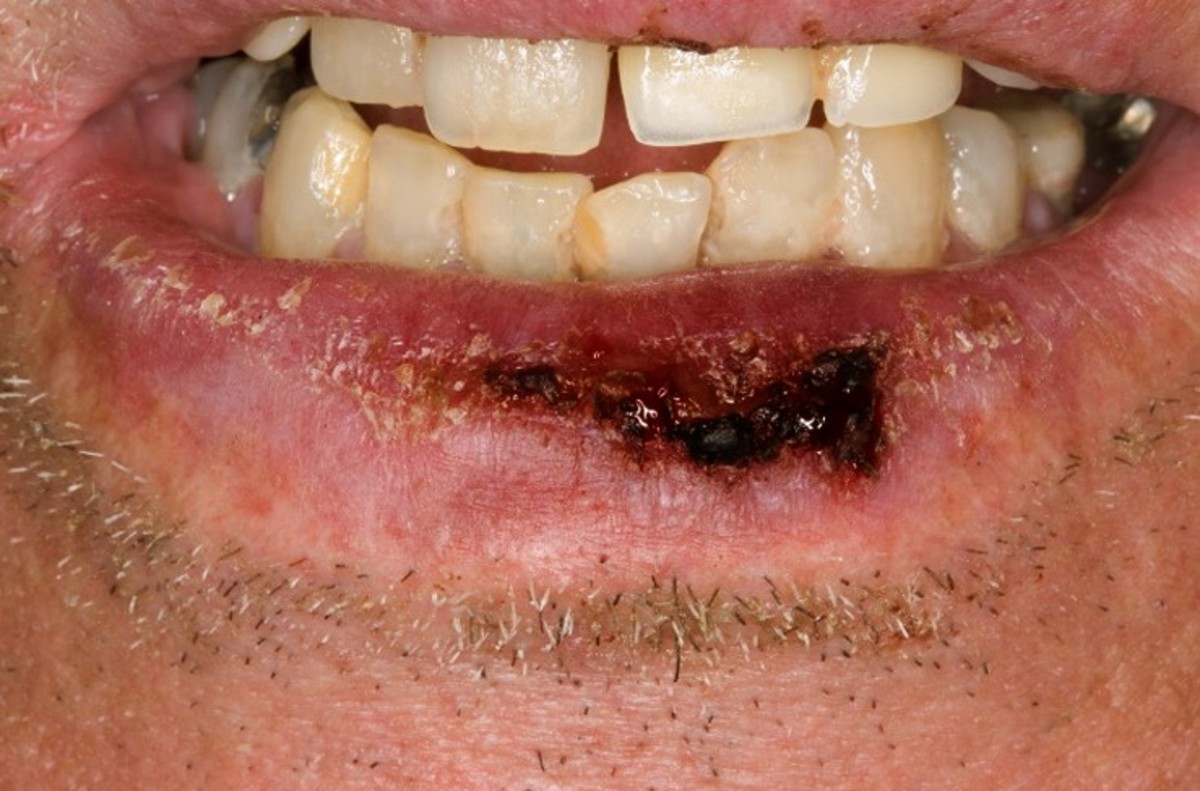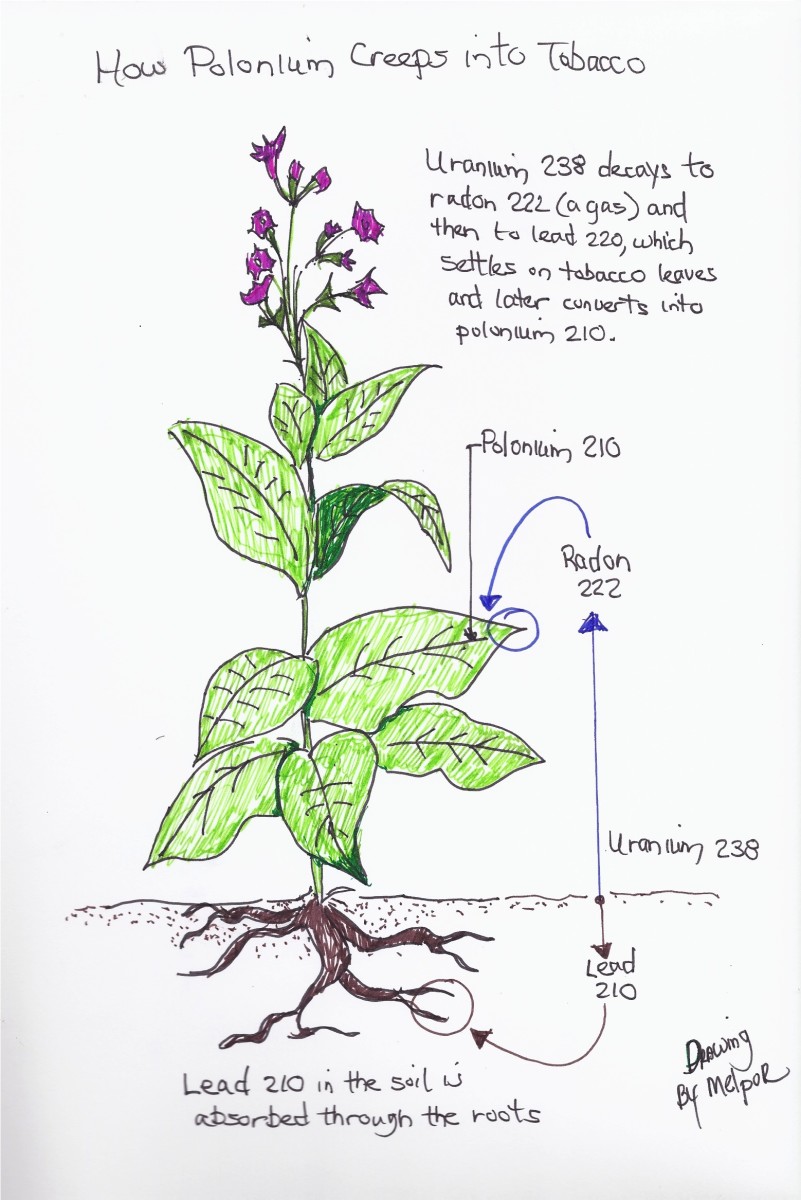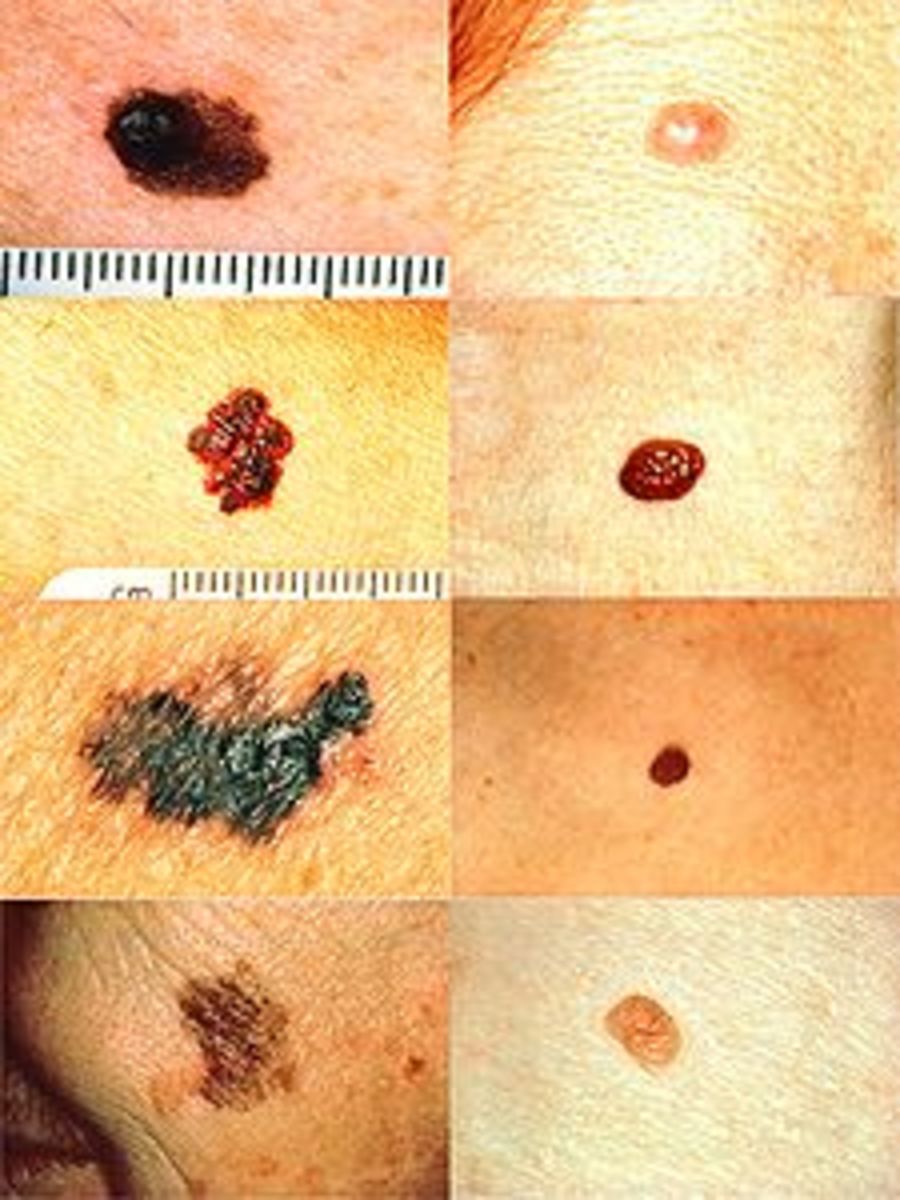Cancer- Causes, how to reduce risk factors and improve quality of life
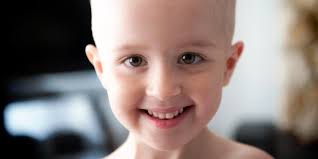
Introduction
- The entire body consists of cells, each of which containing its own genetic material or DNA. In a healthy body, cells grow at a controlled rate to grow and repair damaged tissues and replace dying cells. This predetermined rate of cell division helps keep our bodies healthy. When the cells keep multiplying when new ones are not necessary, a mass of tissue known as a growth or tumor is formed.
- A tumor can either be benign or malignant. Benign ones are non-cancerous, can occur anywhere on the body but does not pose threats to health or metastasize/spread to other parts of the body)
- Malignant tumors are cancerous, usually serious and life-threatening. They grow uncontrollably, interfere with normal metabolic and organ functioning and able to metastasize and invade other body tissues
- When a portion of a cell’s DNA is damaged, the cell can become abnormal. Most of the time, our bodies are able to destroy these abnormal cells and maintain cellular equilibrium but if a crucial portion of the DNA is destroyed, abnormal cells cannot be controlled any longer and cancer forms
- All cancer cells have these in common: they grow uncontrollably and are able to metastasize
- Cancer cells can spread through the lymphatic system, the bloodstream, cerebrospinal fluid etcetera
- The immune system generally does not recognize cancer cells as dangerous or foreign
- A combination of genetic, behavioural, environmental and lifestyle factors is believed to be involved in turning cells into abnormal cells and abnormal cells into cancer
- According to the American Cancer society, fifty percent of all men and thirty three percent of all women in the Unites States will develop some form of cancer at some point in their lives
- Possible causes or contributing factors to the development and growth of cancer can be divided into three categories: External, Internal and Lifestyle
- External Factors include:
- Unhealthy workplace environments and exposure to air and water pollution, chemicals, pesticides and herbicides
- Internal Factors include:
- Genetics (heredity) and Infections
- Lifestyle factors
- Are those that we can most readily control
- Scientists believe these factors account for the largest proportion of cancers
- Include diet (high in fat and low in fibre), smoking, drinking and sun exposure
- Major factors contributing to cancer based on researchers [1]
- Growing Older
- Tobacco
- Sunlight
- Ionizing radiation
- Certain chemicals and other substances
- Some viruses and bacteria
- Certain hormones
- Family history of cancer
- Alcohol
Poor diet, lack of physical activity, being overweight
Positive Quotes for Everyone
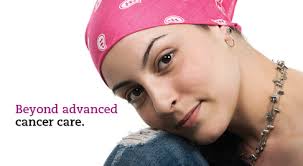
Types of Cancer
- There are more than one hundred different varieties of cancer with different causes, different symptoms and vary in aggressiveness (speed of spread). However, most cancer types fall into four broad categories as follows:
I. Carcinomas; cancers that affect the skin, mucous membranes, glands and internal organs
II. Leukemias; cancers of the blood-forming tissues
III. Sarcomas; cancers that affect muscles, connective tissue and bones
IV. Lymphomas; cancers that affect the lymphatic system
What are the signs and symptoms to look for?
SIGNS/SYMPTOMS [1]:
The Classic Early Warning signs of Cancer include:
- Unexplained weight loss
- Fever
- Fatigue
- Pain
- Skin changes
- For Specific cancers:
- Change in bowel habits
- Sores that do not heal
- White patches inside the mouth
- Unusual bleeding or discharge
- Thickening lump in breast or anywhere in the body
- Indigestion or trouble swallowing
- Recent change in wart or mole
- Nagging cough
IIGF-1 and its role in cancer risk
IGF-1 and its role in cancer risk
IGF-1 or Insulin-like Growth Factor 1 is responsible for cell growth and are usually in increased amounts to encourage normal growth when we were younger.
The amount of IGF-1 each of us have depends on genetics or inheritance and largely upon the type of diet and lifestyle we adopt. Having increased levels of IGF-1 in our bodies when we are adults increases the risks of not only developing cancers but also heart disease and diabetes as well.
Our cells in our bodies are programmed to divide especially during our childhood. IGF-1 promotes rapid cell division, thus increasing the risk of uncontrolled cell growth which can lead to cancer.
So how do we reduce IGF-1? Research has found that centurians tend to adopt a healthy diet and lifestyle consisting of calorie restriction diets with the most nutritional value from wholesome nutritious foods one can pack into their daily calorie intake. This helps trigger the cells in our bodies to repair existing cells instead of rapidly dividing and possible metastasizing to cancers.
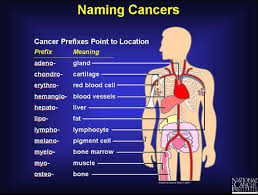
Conventional Treatments
TREATMENT
Conventional [1]:
- Some types of cancer are treated with Chemotherapy which can cause cancer to go into remission where highly toxic medications meant to kill cancer cells are administered. Most chemotherapy however destroy normal cells in the process, leading to adverse side effects like hair loss, extreme nausea, vomiting, fatigue, weakness, sterility and damage to the kidneys and heart. This is where certain nutrients may help avoid some of the damage caused by chemotherapy such as Vitamin B6, Coenzyme Q10, Glutathione and Vitamin C
- Radiation therapy sometimes may be recommended where concentrated X-rays are directed at a tumor to kill cancerous cells. Side effects include fever, headache, nausea, vomiting and appetite loss
- Moderate use of low-dosage aspirin may aid in killing tumor cells
- Non-small cell lung cancers (the majority of lung cancer s in United States) may be treated with porfimer, gefitinib,and gemcitabine in combination with cisplatin. Paclitaxel in combination with cisplatin is still being investigated
- Doxorubicin (Adriamycin), a potent chemotherapeutic drug used in treating many forms of cancer that is unresponsive to cisplatin. Avoid curcumin (turmeric) whilst on this medication
- Genetially engineered virus ONYX-15 has been designed to infect and kill cancer cells without harming healthy ones
- Other drugs undergoing testing as cancer therapies are:
- Angiostatin and endostatin; promising anticancer agents to stop growth of new blood vessels to feed tumors
- BR96-DOX, drug that zeroes in on cancer cells whilst leaving healthy cells alone (active ingredient is doxorubicin; a proven chemotherapy cancer-killing agent)
- Hydrazine sulphate, a monoamine oxidase inhibitor available as a dietary supplement that may offset the inability to eat, fatigue, weight loss and muscle deterioration often associated with cancer. Also studies for 3 decades for treating cancer (Possible side effects include nausea and vomiting, tingling, loss of feeling, nerve inflammation in hands and feet, irregularities in glucose level. Alkaline phosphatase and liver function tests, dizziness, weakness, drowsiness and itching)
- Interferon and Interleukin-2 (IL-2) were standard treatment for metastatic kidney disease. Now 2 drugs replace this therapy; sunitinib (that inhibits several cellular proteins that promote growth of blood vessels in tumors) and temsirolimus (targets another protein that regulates growth of tumor cells)
- Two preventative vaccines have been approved for cancer; the one preventing the Hepatitis B virus (that causes liver cancer) and the other vaccine which prevents human papillomavirus (HPV) types 16 and 18 which are responsible for many types of cervical cancer. Other effective cancer treatment vaccines are under investigation such as the one for non-hodgkins lymphoma and another for advanced non-small cell lung cancer
Here we look into a case of Bladder Cancer and other cancers
The Natural Approach (with doses):
- Diet and Lifestyle [1]
- For Bladder another types of cancers; Nutritional and dietary factors include:
- Eating cruciferous vegetables like broccoli, Brussel sprouts, cabbage, cauliflower and kale helps with lowering the risk of bladder cancer due to their antioxidant and other cancer-fighting compounds
- Lutein (one of the carotenoids) could be a possible anti-cancer nutrient; good sources include dark, leafy greens and broccoli
- Green plants contain Chlorophyll which fights cancer and Broccoli contains indole-3-carbinol (I-3-C), a compound known to eradicate many types of cancers on contact
- Eating the recommended number of servings of fruit
- Take Vitamin A, Beta carotene, Vitamin C and a Multivitamin have shown reductions in risk of getting bladder cancer
- Eat a diet rich in Vitamin E that includes nuts and olive oil
- Pure Dimethulsulfoxide (DMSO) from a health food store is an FDA approved non-toxic solvent that has been shown to help with treatment [note this can cause garlicky breath]
- Drink plenty of spring or steam distilled water only instead of tap water. Increased levels of contaminants in public water have been associated with increased rate of lung, bladder and breast cancers
- Limit consumption of dairy products although a little yoghurt, kefir or raw cheese occasionally is okay. Ensure to get enough calcium ,magnesium and Vitamin D from other foods or supplements
- Avoid consuming peanuts, junk foods, processed refined foods, saturated fats, salt, sugar or white flour. Use sea salt, kelp or a potassium substitute instead of using Table salt. Use a small amount of blackstrap molasses or pure maple syrup as natural sweetener instead of sugar
- Use whole wheat or rye instead of white flour
- Avoid consuming anything with alcohol or caffeine
- Stop smoking
- Follow a Macrobiotic diet
- Limit intake of luncheon meats, hot dogs, smoked or cured meats. Have broiled fish or poultry instead. Fish is especially important as it has not been associated with increased cancer risk like beef has
- Eat a diet inclusive of grains, nuts, seeds and unpolished brown rice. Millet cereal is a good source of protein. Eat wheat, oat and bran
- Eat plenty of cruciferous vegetables (broccoli, Brussel sprouts, cabbage, cauliflower,spinach)
- Consume yellow and deep orange vegetables (blueberries, raspberries, strawberries), Brazil nuts, cantaloupe, cherries, legumes (chickpeas, lentils and red beans), grapes, oranges and plums which all help to fight cancer
- Eat onions and use garlic liberally (enhances immune system and a good cancer-fighter). Crushing the garlic and leaving it for 10 minutes to rest before use seems to increase its levels of cancer fighting component allyl sulphide
- Take Ginger as it suppresses nausea (excellent treatment and prevention of nausea and upset stomach that sometimes occur with chemotherapy). Best to take Ginger with protein as it has been shown to a reduced use of medications for nausea and vomiting by cancer patients
- Try to eat seven servings of whole-grain foods a day and include at least different types of grain food in your weekly diet
- Eat 10 raw almonds daily; contains laetrile which may have anti-cancer properties
- Eat as much tomatoes and tomato-based products you can as lycopene (an antioxidant in tomatoes) protects cells from oxidants associated with cancer and decreases the risk of cervical, lung, stomach and prostate cancers
- Eat plenty of tart cherries (both fresh and in pies, jams and sugar-free juice). These contain anthocyanins (antioxidants that help prevent cancer and heart disease)
- Get regular exercise
- Avoid taking supplemental iron unless your doctor has advised that you are anemic or need it for other reasons. If one is not iron deficient, the body naturally withholds iron from cancer cells to inhibit their growth. Those with excessive iron in their blood have increased risk of developing cancer
- Use only glass or stainless steel cookware and wooden cooking utensils
- Due to possible low level radiation leakage, avoid microwave ovens and avoid sitting close to television sets (less than eight feet away), avoid X-rays
- Avoid chemicals like hair sprays, cleaning compounds, waxes, fresh paints and garden pesticides as these can promote free radical formation within the body which may lead to cancer. These can also further weaken immune system of cancer sufferers
- Use a shower head that removes chlorine from your water e.g. Showerwise from Waterwise
- Avoid stress. Learn relaxation and stress management techniques (meditation, visualization, deep breathing, support groups)
- Avoid eating fast foods and greasy fried foods
- Eat high fibre food that is low in unhealthy versions of saturated fats (e.g. fried chips); Fruits, vegetables and legumes and grains
- Spend time outdoors with fresh air. This also increase Vitamin D3 absorption
- Check for possible food allergies and foods that aggravate symptoms and inflammation (i.e. keep a food diary)
- Eat soy as it contains genistein and daidzein, two isofloavones that act as antioxidants and may protect against most forms of cancer especially breast cancer, prostate cancer, leukemia, glioblastoma multiforme and bladder cancer
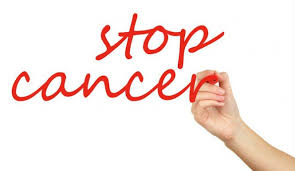
Nutritional assistance
Nutrients & Herbs [1,2]
- High doses of L-carnitine (6 grams daily for four weeks) were shown to increase energy levels and quality of life in cancer patients; also protects against damage from free radicals and toxins (Use a form derived from fish liver/Squalene)
- Vitamins A.C and E decrease the effect of lipid peroxidation (oxidation of body fats) which leads to free radical formation in the body
- Vitamin A; 50,000IU daily for 10 days then decrease to 25,000IU daily (If pregnant reduce to less than or equals to 10,000IU daily); people with cancer require higher levels of this antioxidant. Use emulsion form for better assimilation
- Vitamin B complex; 50mg of each major B vitamin three times daily and Vitamin B3 100mg daily maximum; B12 1000-2000mcg daily, Folic acid 400-600mcg daily
- Vitamin C; 1-4 grams daily
- Vitamin D 25000IU daily
- Vitamin E; 200IU daily; power antioxidant
- Vitamin K from Green Tea (antioxidant; caution as can reduce effectiveness of anticoagulant medications); cancer fighting ability due to epigallocatechin-3-gallate (or EGCg) that also cuts off blood vessels tgat feede cancerous tumors
- Selenium (e.g. from foods like Brazil nuts, tuna, flounder, pork, pasta, turkey, pinto beans, navy beans); 200mcg daily; powerful free radical scavenger and protects against cancer
- Cysteine or N-acetyl-cysteine; as directed on label; detoxify harmful substances, protect liver and other organs and preventative effects against cancer
- Glutathione; as directed on label; Essential for healthy immune functioning as found to be deficient in cancer patients
- Lipoic acid; as directed on label; Can boost glutathione levels
- Calcium (can prevent precancerous cells from becoming cancerous)
- Coenzyme Q10 (improves cellular oxygenation and facilitate repair of DNA and RNA); 90mg daily
- Dimethylglycine (DMG); as directd on label; enhances oxygen utilization
- Melatonin 2-3mg daily taken 2 hours or less before bedtime; A powerful antioxidant that also helps with sleep
- Superoxide dismustase (SOD); as directed on label; destroys free radicals. Consider injections under doctor’s supervision
- Kelp/seaweed; 1000-1500mg daily; for mineral balance and to help avoid damage from radiation therapy
- Herbs [1,2]
- Alternate these in cancer prevention or therapy program; astragalus, birch, burdock root, cat’s claw, chuchuhuasi, cranberry, dandelion, Echinacea, fennel, green tea, liquorice root, macela, milk thistle, parsley, red clover, pau d’arco, red clover and suma
- [Note: Avoid Astragalus if fever present, avoid cat’s claw in pregnancy, Don’t use Echinacea for longer than 3 months and avoid in those allergic to ragweed, avoid licorice in pregnancy or nursing, diabetics, glaucoma, heart disease, high blood pressure and history of stroke]
- Curcumin (extract from turmeric); antioxidant and protects against cancer and may inhibit rapid cell division that is characteristic of cancer cells
- Modified citrus pectin shown to effectively inhibit cancer cell growth especially in combating skin and prostate cancers
- Noni fruit stimulates the immune system, block tumor growth and induce cancer cells to return to normal
- Olive leaf extract enhances the immune system and helps fight cancer
PROGNOSIS
With the increasing information and treatment methods available today, millions of people are either living with or have been cured of cancer and the risk of cancer development can be reduced by adopting a healthy diet and lifestyle. Today about 66 percent of cancer patients survive five years after being diagnoses and this figure is increasing [1]. The nutritional suggestions are intended to support the body when one has cancer. Most of these nutrients are not preventative or curative and will not reduce the size or impact of cancer except when otherwise noted.
With proper and prompt diagnosis and treatment along with nutrient, herbal, dietary and lifestyle interventions, quality of life can be increased and may also push the cancer into remission.
REFERENCES
1) Phyllis A. Balch, Prescription for Nutritional Healing, Fifth Edition, Penguin Publishing, New York 2010
2) L.Skidmore-Roth, Mosby’s Handbook of Herbs and Natural Supplements Third Edition,2006, Elsevier Mosby
Hi I am Purple falcon a.k.a Nat Satya, a health professional with a passion for holistic healfh and illness prevention. Also an avid fundraiser for the breast cancer cause, Please feel free to check out the following websites for a range of skincare, anti-aging and cleaning products that are suitable for all skin types, genders and ages and gentle on the skin as well as other means I use to raise funds for the cause.
http://www.nutrimetics.com.au/natsat
http://www.redbubble.com/people/natsatcreations
http://www.natsatcreations.communitee.com.au





